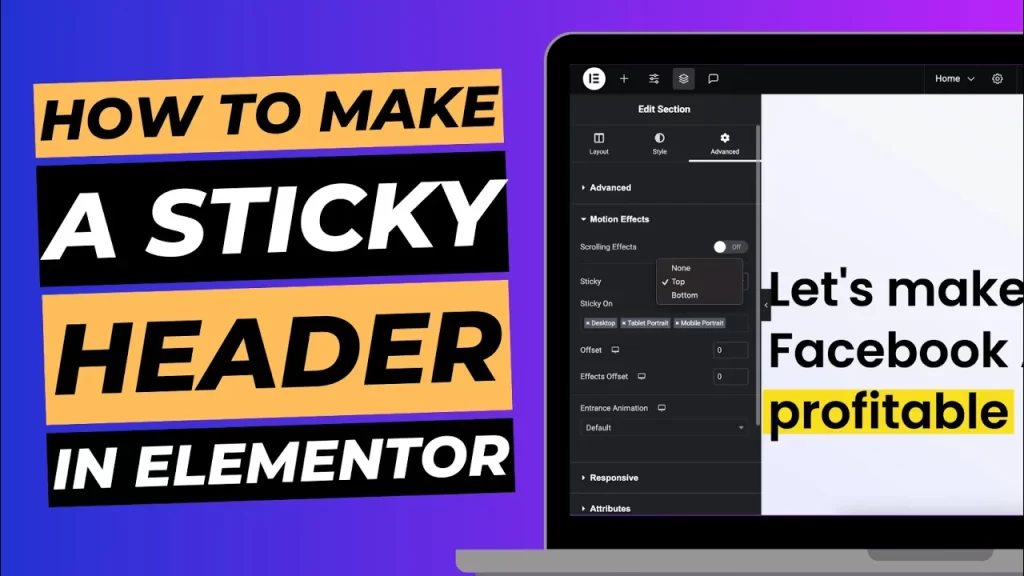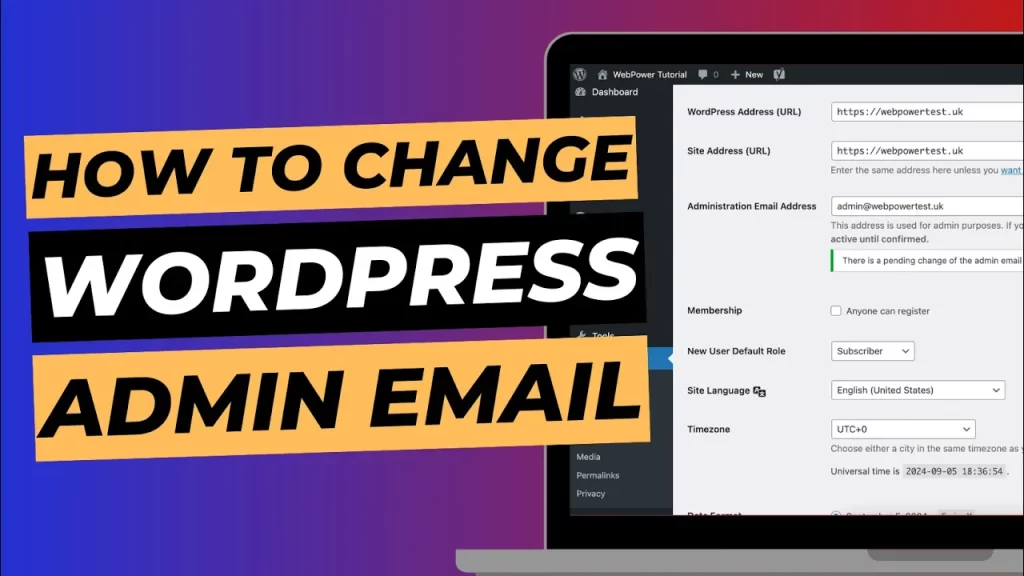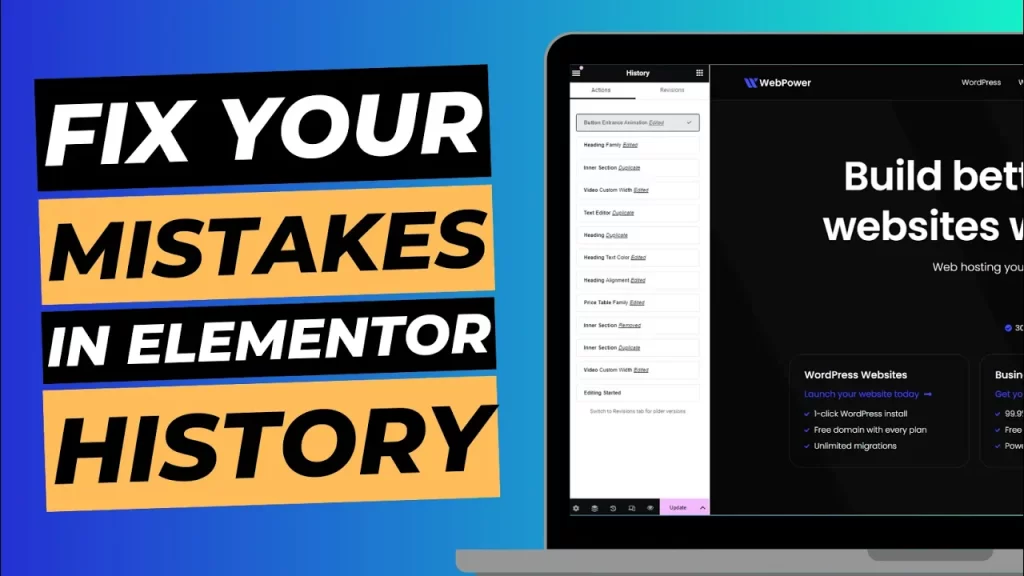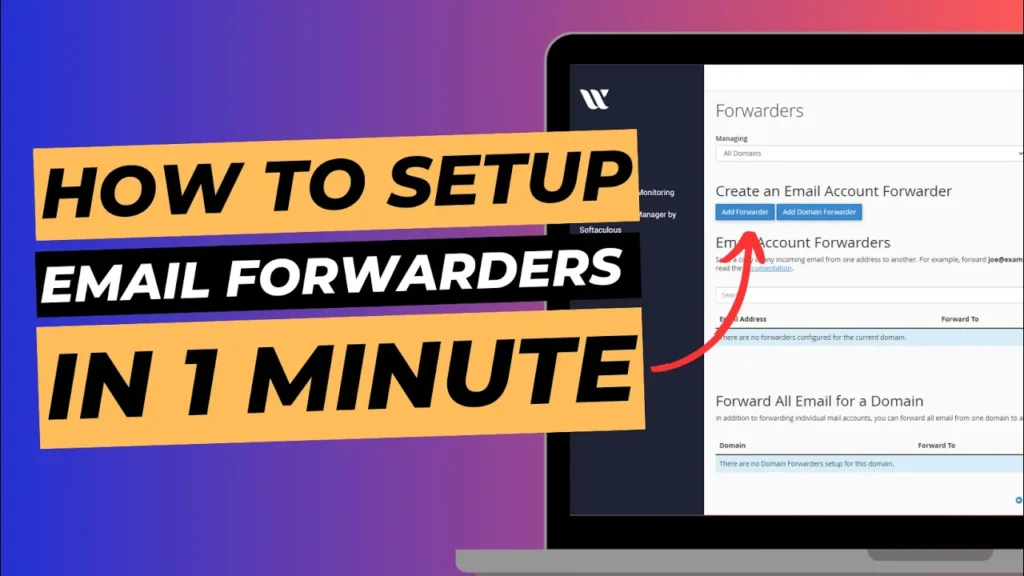There are hundreds of different factors that come into play when creating a website and what we class as ‘good’ could be different to someone else, so in the article we are going to go over some general rules to stick by when creating your site to ensure it is to a high standard for your audience.
Whether you have a large e-commerce brand, a personal blog or a simple ‘info-only’ business website, it is always important to consider the look and feel for your visitors because ultimately, if you have poor content your visitors will leave.
Remember, there are probably thousands of other businesses out there just like yours and a couple of small tweaks to your brand can make a huge difference!
Building your brand
The branding of your website is what builds trust with your audience. With so many spammy sites and internet scams going on these days, people in general are much more cautious when it comes to pulling out their credit card or entering their email address. This means if you are not a large, reputable and well known business, your website’s job is to build trust with your potential customers as soon as they hit your landing page.
What to consider:
- Create a professional logo
- Keep your website to one or two main colours
- Ensure you are using the same type of language throughout
- Keep your entire website fonts to one or two and make sure they look good together
- Try to keep the images as relatable to your business or product as possible
- Create an about us page which clearly shows who you are and what you do
What to avoid:
- Over complicated logo
- Different size images and wacky fonts throughout your website
- Bad language
- bad punctuation and speling misteaks (I should confirm, that was intentional)
- Spammy urgency timers and constant popups
Never underestimate the power of branding and the effect it can have on your business. We see too many websites being chucked together without consideration for the brand you are trying to build. Brands build trust and loyal customers will often return!
Design and Layout of your Website
The next part of this article is all about the layout of your website. Is this something you have thought about? If not, here’s what you should consider…
A carefully crafted and well thought-out website will be optimised for conversion. Whether that is a direct sale, an email lead or a customer calling you up, we all build our websites to help us sell something.
You need to think about the first thing people will see when they land on your website. Would you want it to be a load of text? Maybe a contact form? Or perhaps a large welcome banner? Every business is different and you should design your website to best speak to your audience.
As an example, when someone lands on the WebPower homepage, they would usually be looking for hosting. We ensure the first thing they see is who we provide hosting for, the different types of hosting that we offer and what it will cost them to get started.
This way the potential customer knows within seconds if they wish to continue on this site or move on to the next one. A good tip here is to always have a compelling offer as this gives your audience an extra reason to stay. We offer the first months hosting for only £8.95 and our customers know this within seconds of landing on almost every page of our website (even this one).
The importance of your content
It goes without saying that the content on your website needs to be engaging, factual and to the point. Ultimately, most people browsing a website are ready to spend some money, so try not to put them off by boring them with content they will not be interested in.
Make sure all your pages are talking about your product or service and how it will benefit your customer. Your website is your digital sales person and this is easy to forget when creating content, so keep reminding yourself whenever you add to or edit any part of your site.
Check out your competitors
As the old saying goes ‘good artists copy great artists steal’. Ok ignore that, we would never recommend copying your competitors website. But seriously, you would be crazy not to check out the companies you are up against and take inspiration for your own site.
Let’s face it, if you were looking to create the next Amazon then it would probably be a good idea to see what they are doing and then take it, improve it and make it your own. This is a great way to see what is working in your market and avoids you launching a website that does not resonate with your potential customers.
PLEASE NOTE: If you completely copy the layout or text from another website, you should expect to be hit with a lawsuit. Be creative, be imaginative and build something of your own.
Pages your website must include
Sometimes there are certain pages on your website that can be seen as unimportant to business owners but the truth is, your customers will look for them. They want to know more about you and your business and what better to find out than your website?
As an absolute minimum your site should include a home page, contact us page and an about us page…
It goes without saying your website needs a home page. This is where you explain what you do, show what you offer and link to other important pages within your website. If your customer looks for a home page and you don’t have one – they’re gone (and rightly so).
A contact us page is absolutely essential. Would you order from a website that did not provide any customer support? There has to be one or more ways for your audience to get in touch. Even if your website is a simple blog that does not directly sell anything, surely you would still want a way to connect with your reader?
Now let’s talk about your about us page. This is the page way too many businesses ignore, neglect or don’t bother creating in the first place. Remember, people buy from people and more often that you realise a potential customer will head to your ‘about us’ page to learn about your business before making an order or picking up the phone.
Keep your about us page Honest, Transparent and Direct. If your potential customers are checking you out, it’s because they want to get to know you better so open up, say Hello and tell your story.
Usability of your website
How easy is your website to navigate around? If your audience has to think about what they are supposed to press next or where they are supposed to navigate, they will most likely just leave your site.
A simple navigation menu at the top of all web pages should be standard practice for any website. You should also consider placing a call to action button on your home page which clearly shows the reader what it is you want them to do.
You would be surprised at how much something as simple as this will keep people on your website and increase your conversion rate. Users like to be told what to do next and by making a clear, straight-forward process, you are boosting your chance of making a sale.
Above almost everything, it is absolutely critical you consider the speed of your website. We have written an entire article about speed which you can checkout here. It includes some astonishing statistics regarding the effect a slow loading website can have on your business and how a reliable web host can make all the difference.
Ok, let’s wrap this up…
Quite honestly, we could go on about this all day as there really is so much to consider when creating a quality website to represent your business. However, if you implement all of the above tips, you will be well on your way to owning a well presented, conversion optimised, branded website ready to serve your customers. In our opinion, everything we have gone through today are the key parts of a ‘good’ website and should always be standard practices when creating a new site for your business. If you made it to the end of this article and would like a free audit of your website along with some tips on where you can improve, reach out to our support team via email or web chat with your website URL and the subject ‘FREE AUDIT’.





